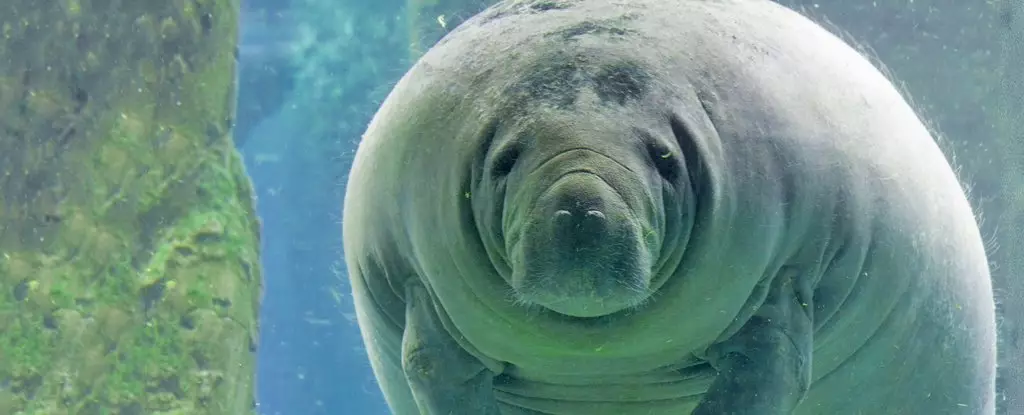The natural world is filled with bizarre and fascinating creatures, each with their unique ways of waste elimination. From deep sea worms that poop out of their mouths to flatworms with multiple anuses on their backs, evolution has truly concocted a strange and smelly spectrum of butts. Let’s delve into the peculiar world of animal behinds and explore some of the most incredible pooping strategies.
One of the most mind-boggling pooping strategies in the animal kingdom belongs to face mites, such as Demodex folliculorum, which live on human faces. These tiny creatures do not have an anus at all and store all the waste from consuming skin and sebum in their large gut cells. The waste is released onto the face once the mites die, along with bacteria that may cause skin inflammation. This unique way of waste disposal raises eyebrows and sheds light on the diversity of nature.
From wombats sculpting cube-shaped poops to fish that excrete beach sand, the animal kingdom is full of talented behinds. However, the manatees take the crown for their extraordinary swimming assistance provided by their farts. Due to their cellulose-rich seagrass diet, manatees produce methane in large quantities, which they store in their intestines. This allows them to regulate their buoyancy levels effortlessly. Additionally, the peculiar relationship between pearlfish and sea cucumbers raises questions about polite anal etiquette in nature.
Some animals go to extreme lengths to save themselves, such as the South American scorpion species with an anus near its poisonous tail. When attacked, these scorpions have the ability to drop their entire tail, including their anus, in exchange for a chance at survival. However, this sacrifice comes at a high cost, as the scorpions can no longer excrete waste and will suffer a slow internal poop-splosion. This drastic measure showcases the harsh reality of nature’s survival strategies.
Beyond the humor and strangeness of animal behinds, their role in sustaining life on Earth is crucial. Whales, for example, play a significant part in nutrient recycling through their excrement, which fertilizes the sea and supports marine life. Sperm whales, known for their bright-orange fecal plumes, release vast amounts of nutrients that nourish the marine food chain. This process helps remove carbon dioxide from the atmosphere, highlighting the importance of butts in maintaining ecological balance.
Regardless of their size, shape, or function, animal anuses demonstrate the marvel and diversity of nature. These peculiar butts not only provide insight into evolutionary adaptations but also play a vital role in ecosystem dynamics. As we navigate the strange and wonderful world of animal behinds, one thing becomes clear – having an anus is a crucial aspect of life in the natural world.


Leave a Reply